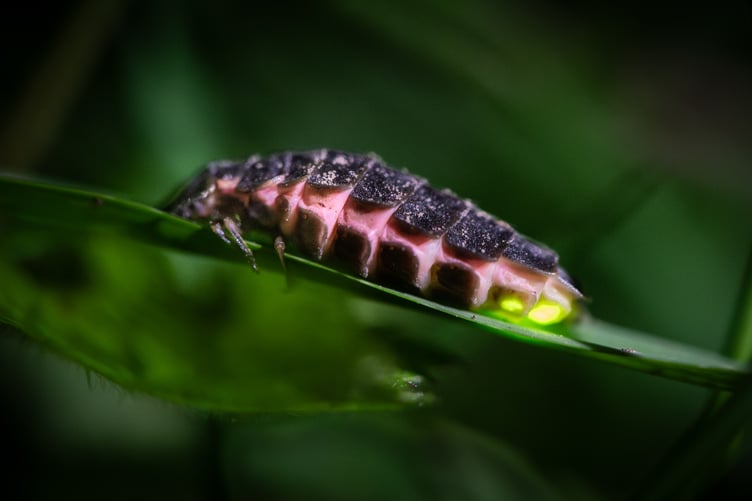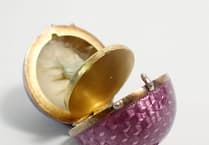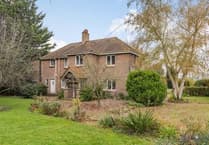A RECENT survey reveals a healthy population of glow-worms in some Herefordshire woodlands.
Late June and July is ‘glowing season’ for glow-worms, but did you know glow-worms are not worms at all but are part of the beetle family.
The female has no wings so climb up plant stems and glow to attract males, who have large photosensitive eyes, great for scanning vegetation at night.
Glow-worms need an undisturbed habitat where slugs and snails are abundant for the larvae to feed on. Once common across much of the country in grassland, heathland, woodland rides, hedgerows, along railway embankments and gardens. Much of the glow-worms habitat has been lost due to land use changes and these beetles are now only seen in limited places.
The life of an adult glow-worm is short, only around a week to ten days. In this time the flightless female must emerge from her shelter after dark to light up her glow and attract a male who will be flying low, scanning for the unmistakable glow of a mate. Once mated, the female lays her eggs, and her job is done.
The larvae hatch and begin their two-year life during which time they munch though many slugs and snails.
Gardeners lucky to have glow-worms in their gardens, treasure them as a natural controller of pests.
Forestry England together with volunteers from the Ledbury Naturalists Field Club undertake annual surveys to monitor the population of these fascinating insects.
Kate Wollen, area ecologist for Forestry England said: “Happily, this year’s July survey in Haugh Woods found 70 glowing females, indicating that the population remains healthy across the woodland.
“We hope this promising news means we can look forward to the glowing season continuing to light up our woodlands for years to come.”
Forestry England’s Haugh Woods, near Woolhope, and Dymock Forest are two sites where they can be seen after dark.





Comments
This article has no comments yet. Be the first to leave a comment.